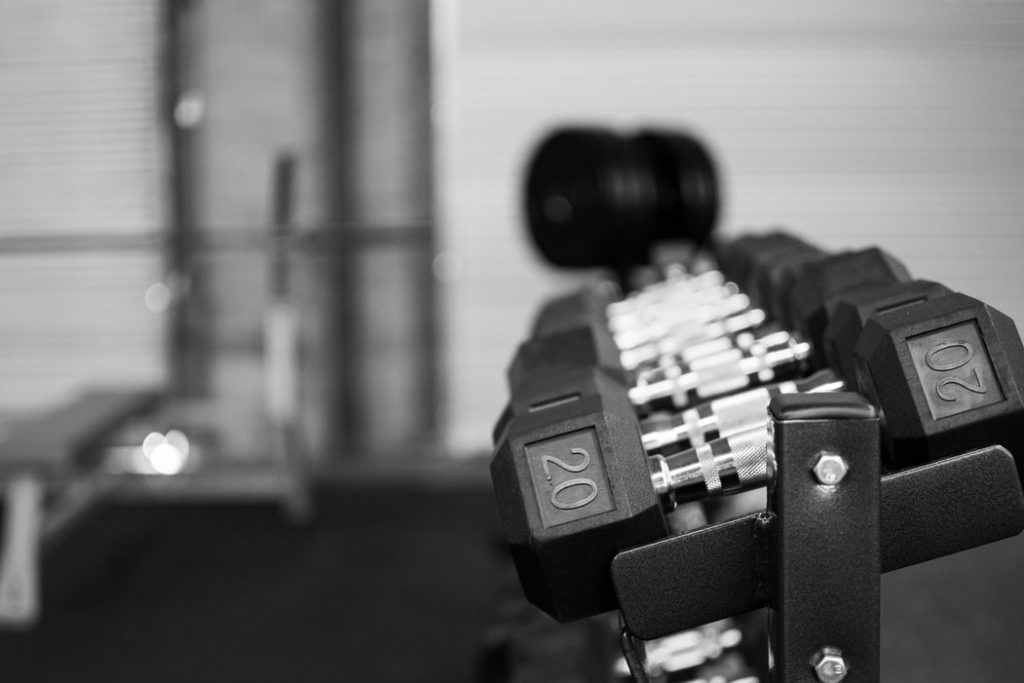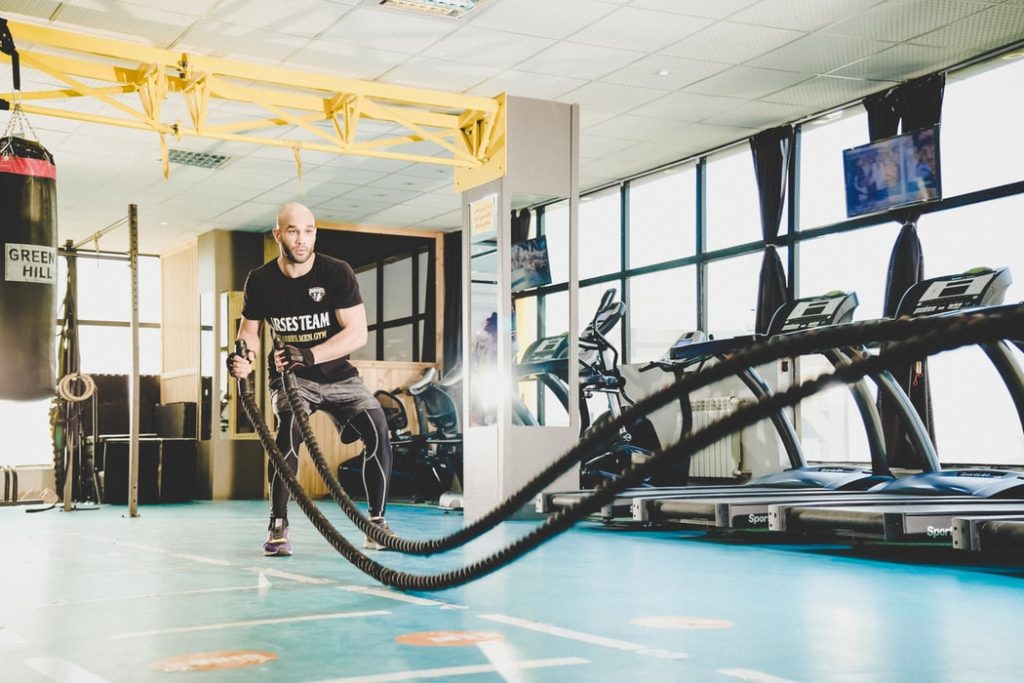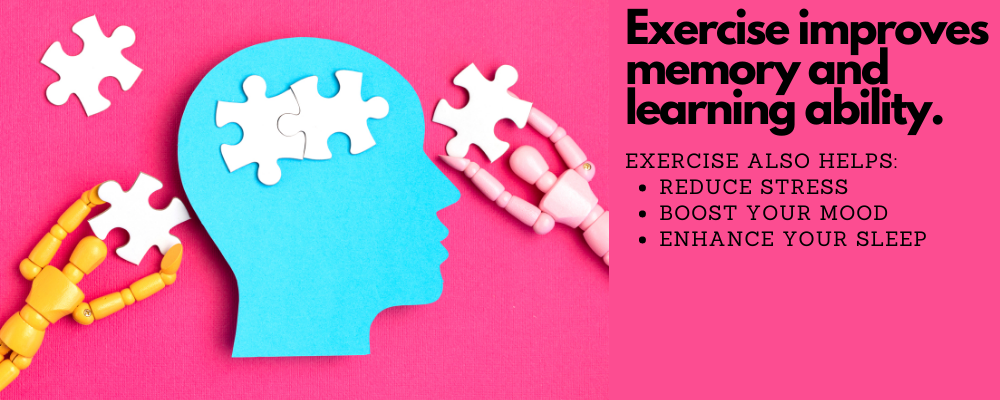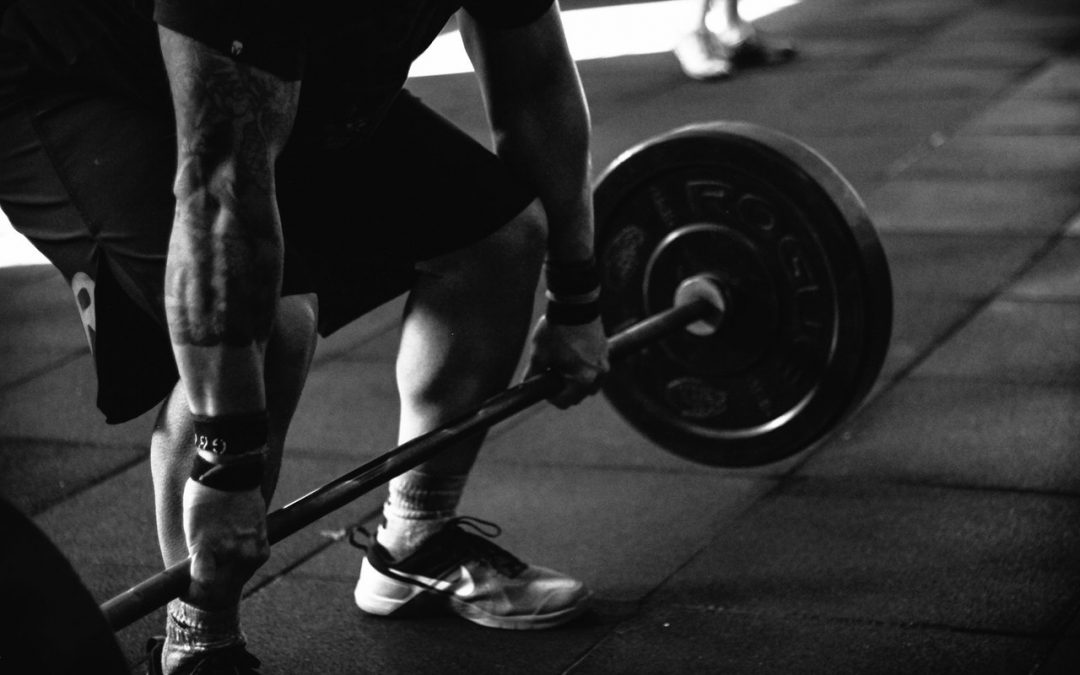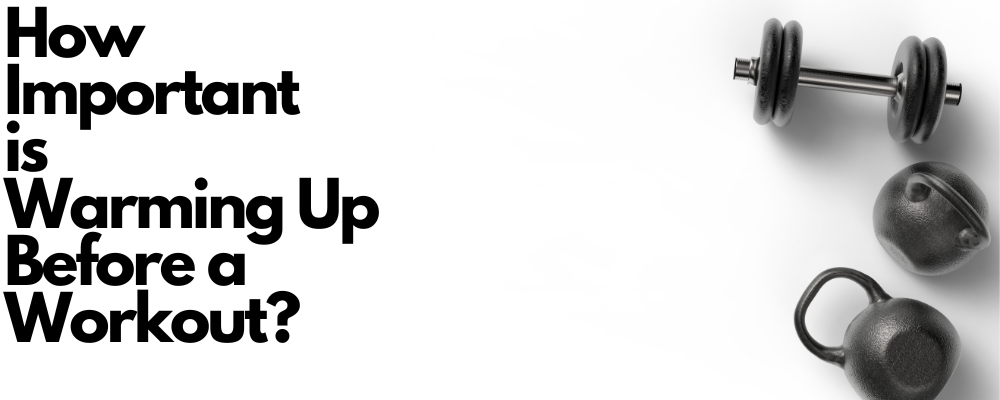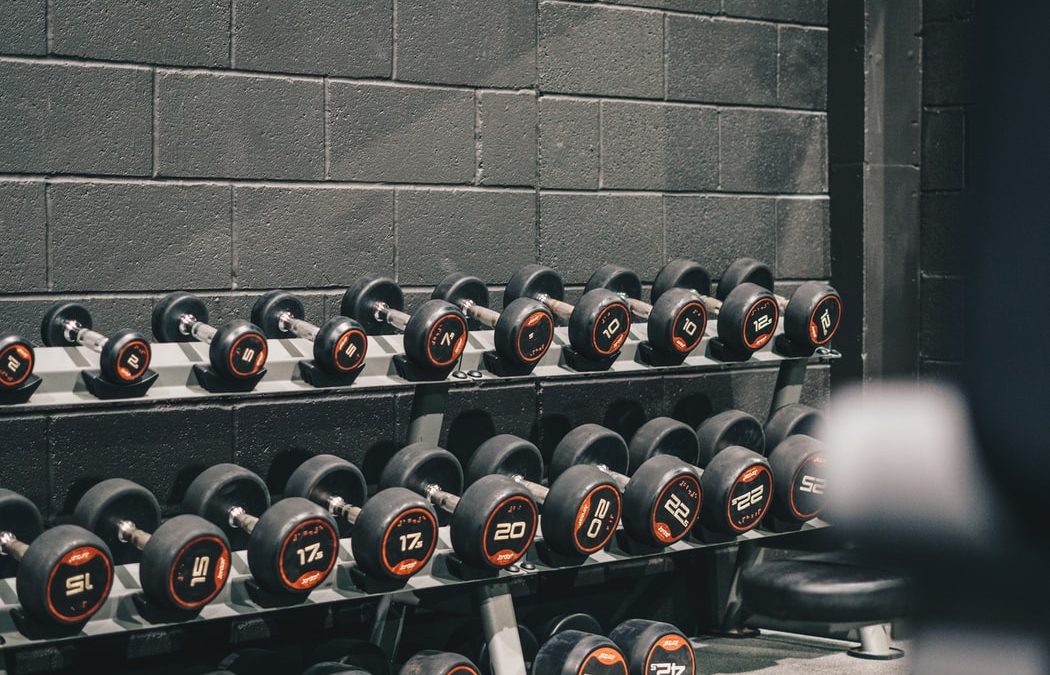
Endurance Workout Plan 101: Training for Muscular Endurance
Endurance workouts are different than traditional workouts. For example, if you go to the gym and follow a standard three-set, ten repetitions per exercise workout, an endurance workout plan is much different.
When you focus on muscular endurance, you’re training your muscles to sustain exercise for longer periods of time.
For example, if you’re a landscaper and need to haul 40-pound bags of stone throughout the day, functional training following endurance practices is the correct type of exercise for you.

Endurance Workout Plan: The Basics
Understanding Muscle Fiber Types Used in Endurance Training
When you’re focusing on endurance workouts, you’ll be working different muscle fibers than if you focus on power or strength.
Let’s take a look.
Slow Twitch Muscle Fibers
Your endurance exercise program requires you to move weight rapidly. When your physical activities demand long-lasting energy, you’ll use slow twitch muscle fibers.
An endurance workout routine focuses on the slow twitch fibers that offer long-lasting energy.
If you train for strictly strength, you likely have less slow twitch fibers. However, runners or someone who has trained for marathons will have higher amounts of these muscle fibers. If you train for endurance, your body will naturally start to develop more of these slow twitch fibers, which are very energy efficient.
Fast Twitch Muscle Fibers
The other muscle fiber types you’ll engage are fast twitch. Your fast twitch fibers are responsible for exerting bigger, more powerful force. If you’re trying to hit a new personal record, heavy weights and lower reps are ideal.
Your fast twitch fibers will engage when lifting heavier weight, but they take a lot of energy and are meant for large bursts of energy.
Anyone who focuses on strength training or lifts with heavy weights and low reps, will have higher amounts of fast twitch muscle fibers.
Note: Your body will have a mix of slow and fast twitch fibers naturally. However, you can train to increase slow or fast muscle fibers.
Creating an Endurance Workout Plan
Ideally, you’ll create your endurance workout plan based on maximum lifts. For example, let’s say that you want to increase your lower body endurance.
You’ll load up the bar, enter the squat position and find your one-rep maximum.
Note: Ask someone to spot you so that you can minimize your risk of injury, or use a squat rack with safety bars. Being stuck in the starting position for a squat with the bar loaded can cause significant injury, especially to your knees if you squat hard.
Your one-rep maximum is the amount of weight you can push one time.
If you can do more than one-rep, increase the weight.
Once you’ve found your one-rep max, which you can do with perfect form, you’ll need to lower it for your endurance workout. Remember, endurance is based on lighter weight that you can push for a longer period of time.
You’ll want to reduce your one-rep max to:
- 40% on the low end
- 70% on the high end
A general rule of thumb is that a person with higher fitness levels can start at 60% to 70% of their maximum, while beginners should start at 40%.
Not sure where to start? Try 50% of your max and adjust as needed. If you can’t reach your repetition goals, you’re using heavy weights and need to scale it down.
Repetitions and Sets
You now have your ideal weight chosen, but how many repetitions are in an endurance workout. The goal is to aim for 12 – 20+ repetitions and 3 or 4 sets.
If you can perform 30 reps the first set and only 15 the next set, that’s acceptable.
When performing these reps, be sure to go up and down as fast as possible while maintaining good form and a full range of motion. In addition, maintain moderate intensity throughout the entire session.
Your heart rate will rise, and your muscles will begin to burn during your session.
Quick Note on Warming Up
The nice thing about focusing on endurance is that you won’t need to warm up before a workout, unlike strength training. Also, you’re using light weights, so there’s a lower risk of muscle strains or tears.
But you still need to maintain proper form to limit the risk of injury.
Example Endurance Training Workout Plans

Weight lifting for endurance is similar to strength training because you’ll perform the same exercises. The main difference is the scale of intensity and level of effort you have to put into each set.
You’ll maintain short recovery periods of 30 seconds and no longer than a minute, while also pushing your muscle to extreme fatigue.
Mentally, this style of training is very intense.
But strength endurance is worth the effort when you’re able to perform functional activities easier.
Ideally, you’ll plan for endurance in your long-term fitness plans.
Why?
It’s a form of functional exercise, recovery time is low and you can complete these routines in 20-40 minutes. So, you aren’t restricted to a 1-2 minute rest period like with strength training, which really slows down a routine.
A few basic plans that you can follow for endurance training are:
Note: You’ll be performing 12 – 20+ reps for each set that you perform for your upper body and lower body.
Endurance Workout for Biceps
Biceps tend to get tired quickly, but you can follow this endurance workout plan to get started:
- 4 sets of incline hammer curls
- 4 sets of ez-bar curls
- 4 sets of Zottman curls
- 4 sets of seated dumbbell curls
You can swap any of these exercises out for other bicep exercises, such as concentration curls, strict curls, overhead cable curls – anything.
Endurance Workout for Back
Your back a major muscle group, and you’ll want to try and hit all areas of the back. An example routine may look like this:
- 4 sets of back extensions
- 4 sets of close grip pulldowns
- 4 sets of seated rows
- 4 sets of bent over barbell rows
You can add in any back workouts that you prefer, and if you can, pull-ups are a great option.
Endurance Workout for Triceps
The triceps are another small muscle that takes a lot of effort to work. Your routine might look something like this:
- 4 sets of skullcrushers
- 4 sets of weighted bench dip
- 4 sets of tricep push-downs
- 4 sets of seated tricep press
You can swap in single-arm cable triceps extensions, dumbbell kickbacks or reverse grip pushdowns among numerous other exercises.
Endurance Workout for Chest
You have dozens of exercises to choose from for your chest, so keep in mind that you can add any of them into the mix. A basic routine may include:
- 4 sets of incline dumbbell press
- 4 sets of dumbbell flyes
- 4 sets of barbell bench press
- 4 sets of decline barbell bench press
Ideally, you’ll add flat, incline and decline versions of these exercises to hit different areas of the chest.
Endurance Workout for Legs
Your legs have so many areas to focus on, including quads, hamstrings and calves. Feel free to adapt the routine below to focus on key areas of your legs:
- 4 sets of squats
- 4 sets of deadlifts
- 4 sets of smith machine calf raises
- 4 sets of hamstring curls
Again, add in anything you wish, including leg press, single leg press, lunges, box squats, bear crawl sled drag and more.
When you add these types of exercises into your exercise routine, you’ll be building those slow twitch muscle fibers necessary for muscular endurance.
Your endurance training workout plan can be customized to meet your goals.
A lot of people combine strength and endurance workout plans by burning out during their last sets. Using kettlebell swings as an example, you might use 40 pounds for swings and on your last set, finish by doing 20 pounds for as many repetitions as you can.
When you create a solid training plan, you’ll build a well-rounded level of fitness. An endurance workout routine focuses on the slow twitch fibers that offer long-lasting energy. If you’re not incorporating functional training into your regimen, you can by using the examples above.


